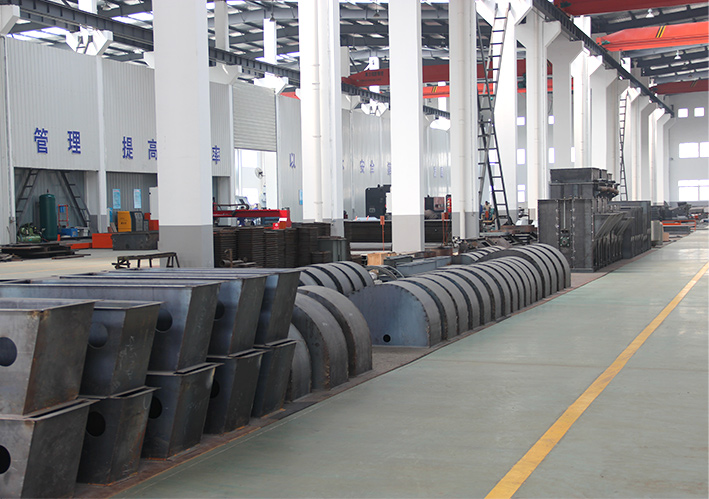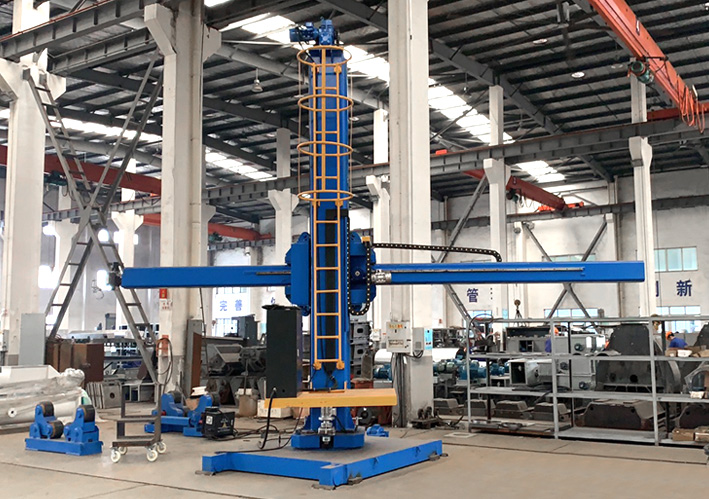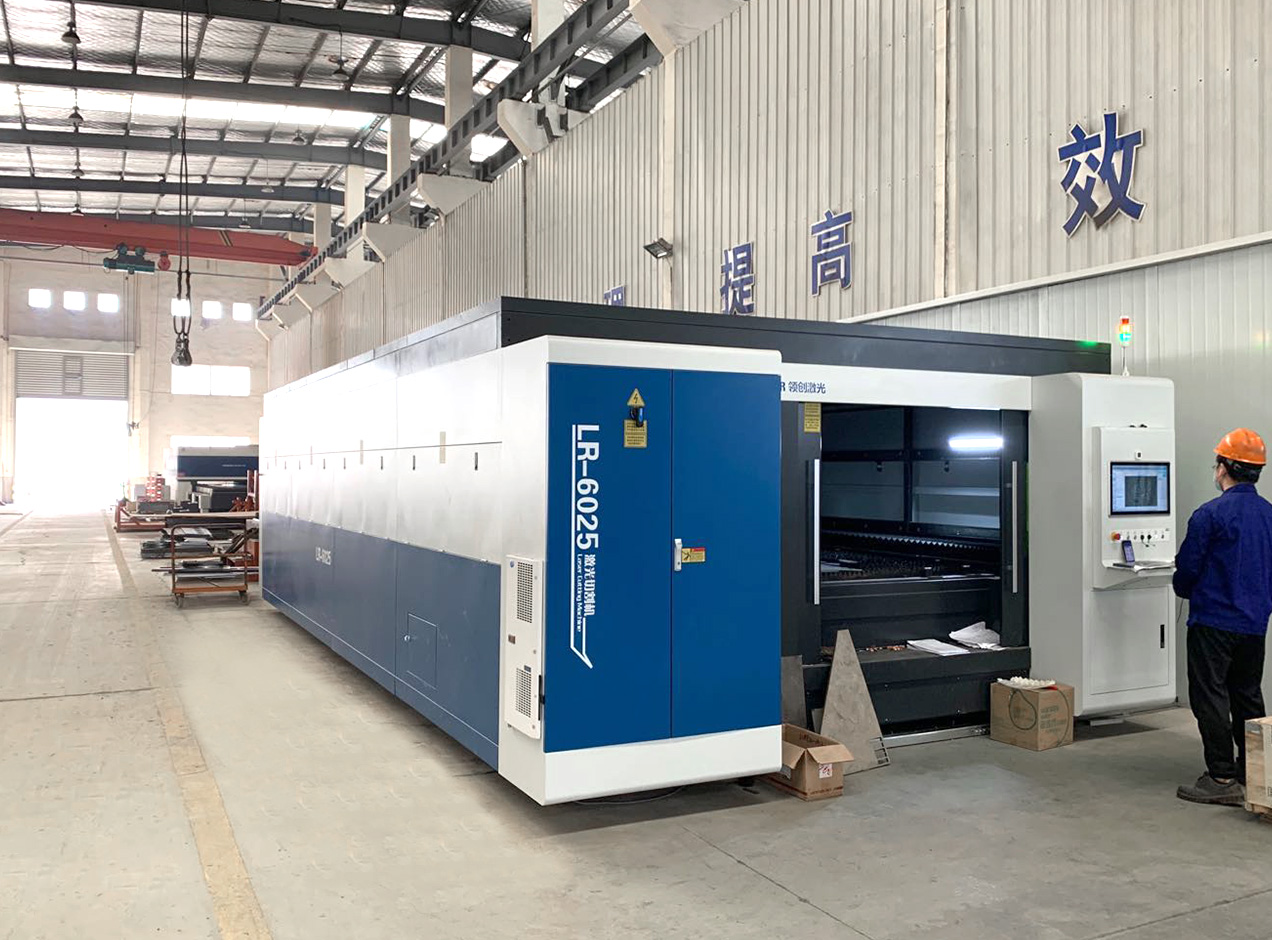What is the optimal temperature range for cooling feeds in a Feed Counterflow Cooler?
The optimal temperature range for cooling feeds in a Feed Counterflow Cooler can vary depending on the specific application and the type of feed being cooled. However, in general, the temperature range for cooling feeds in a Feed Counterflow Cooler is typically between 5°C (41°F) and 25°C (77°F).
Feed Counterflow Coolers are commonly used in industries such as agriculture, feed processing, and food manufacturing to cool various types of feeds, such as grains, pellets, or other bulk materials. The purpose of the cooler is to reduce the temperature of the feed to a suitable level for storage or further processing.
The optimal temperature range mentioned above helps ensure effective cooling while minimizing the risk of excessive moisture condensation or other issues that may arise from cooling the feed too much. It's important to note that specific temperature requirements may vary depending on the feed composition, moisture content, desired storage conditions, and other factors. Therefore, it is recommended to consult the equipment manufacturer's guidelines or industry standards for precise temperature recommendations for cooling specific types of feeds in a Feed Counterflow Cooler.
How efficient is a Counterflow Pellet Cooler in terms of energy consumption?
Counterflow pellet coolers are designed to efficiently cool hot pellets after they have been processed in a pellet mill. While the specific energy consumption of a counterflow pellet cooler can vary depending on various factors such as the design, capacity, and operating conditions, they are generally considered to be energy-efficient compared to other cooling methods.
Feed Counterflow Coolers work on the principle of using ambient air to cool the pellets. The hot pellets are introduced into the cooler from one end, while the cooler air is drawn from the opposite direction. As the pellets move through the cooler, they come into contact with the cooler air, which absorbs the heat from the pellets, resulting in their temperature reduction.
One of the reasons Feed Counterflow Coolers are considered energy-efficient is that they utilize the temperature difference between the hot pellets and the cooler air. This temperature gradient facilitates efficient heat transfer, allowing the cooler air to absorb the heat from the pellets more effectively.
Additionally, Feed Counterflow Coolers are often equipped with features to enhance their energy efficiency. These features may include variable-speed fans, adjustable air vents, and insulation to minimize heat loss. By optimizing airflow and controlling the cooling process, energy consumption can be further reduced.
However, it's important to note that the actual energy consumption of a counterflow pellet cooler will depend on several factors, including the specific design and operation parameters. Different manufacturers may offer coolers with varying energy efficiency ratings, so it's recommended to consult the manufacturer's specifications or seek detailed information from them for a more accurate assessment of energy consumption.

 English
English Español
Español عربى
عربى Français
Français



















 Tel: 0086-519-87905108
Tel: 0086-519-87905108  Email:
Email: 